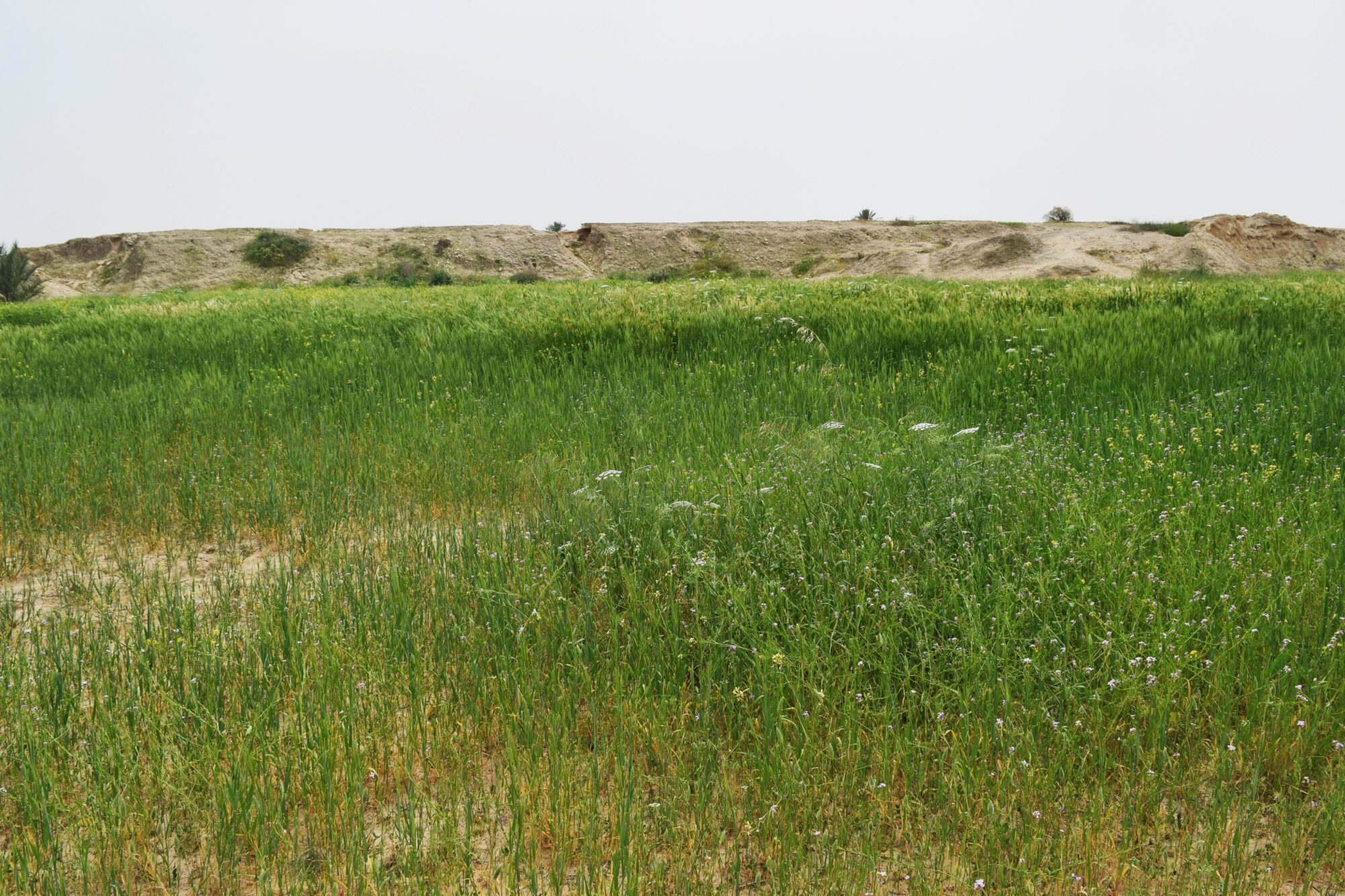.
Transformation of Institutional Landscapes at Dehqāed (Borāzjān region)
The project focuses on the Dehqāed site in Borāzjān (Dashtestān) plain as a key location for understanding the dynamic development and resilience of Sassanid settlements. The Dashtestān county, Bushehr’s largest sub-province, has the longest border with modern Fars province and includes a significant area of highland (Zagros) regions. The area witnessed significant population dynamics and settlement systems from the Achaemenid (c. 550-330 BCE), Sassanian (224-651 CE) and Islamic periods.
According to archaeological data, Dehqāed can be interpreted as a “town” with remains from the Achaemenid, Seleucid/Parthian and Sassanian periods. The project views the “institutional landscape” as the political and economic control of Sassanid authority in the Borāzjān Plain.
Dehqāed as a resilient society shows a degree of resistance against the vulnerability of a flood-prone area. Some of the Tappes in the Dehqāed site indicate industrial activity, as well as significant Sassanian architecture such as manor buildings, remains of Chartaqi and a fire altar and also military assets.
We combine archaeological fieldwork activities including excavations, and a small-scale survey at Dehqāed merging with other methods such as remote sensing, Geographical Information System and mapping with satellite imagery. We investigate into written testimonies that provide very essential information about the area. We also study the strategic position of Dehqāed and its mutual interdependence with central Fars Highlands during the Sassanian period. The available pottery assemblage of the area demonstrates the dynamics of the population in the sites related to the role of the geographical specifications on settlement distribution.
Contact: Zoreh Zehbari (Philipps-University Marburg)

